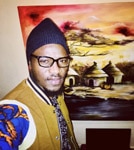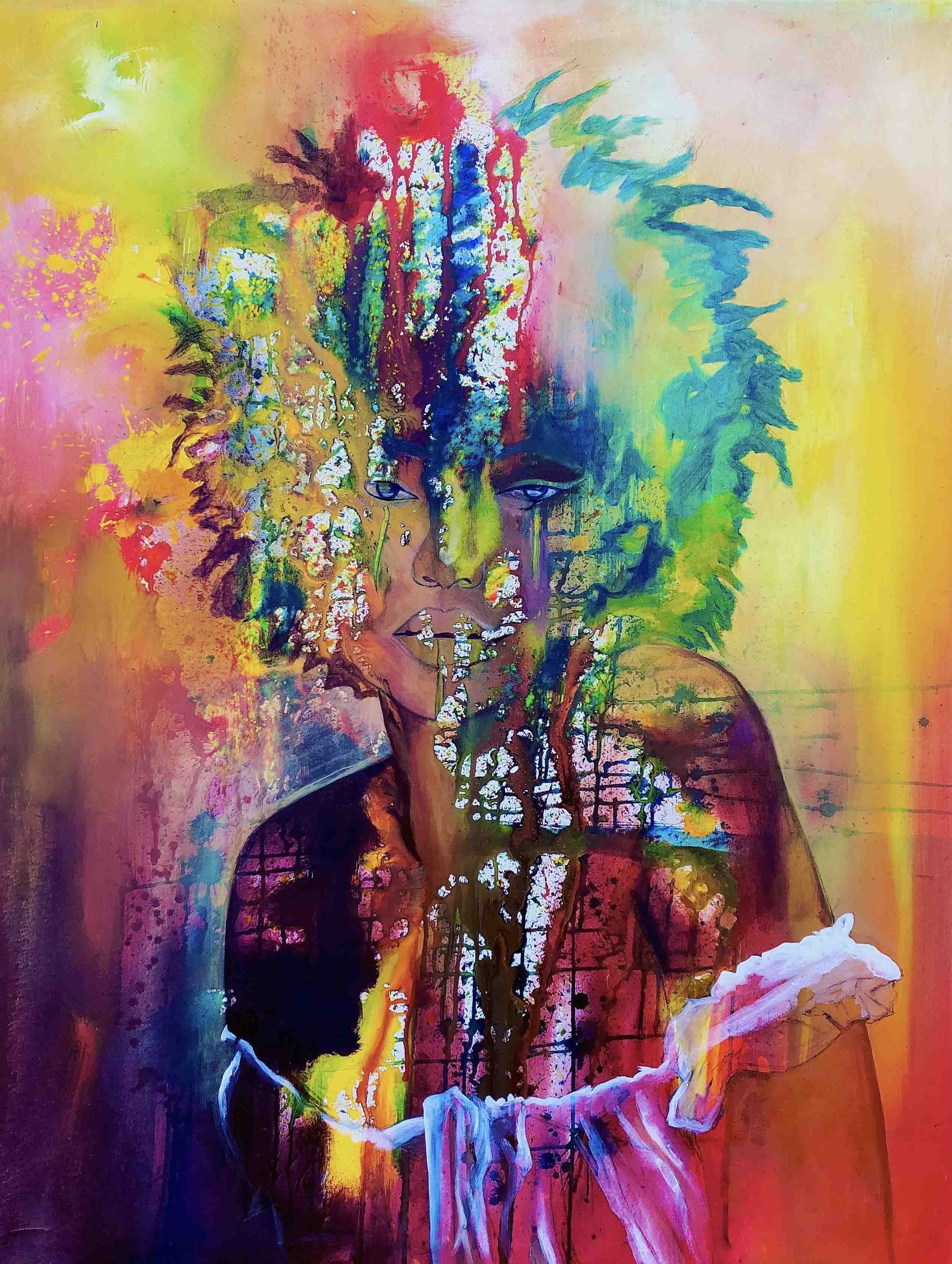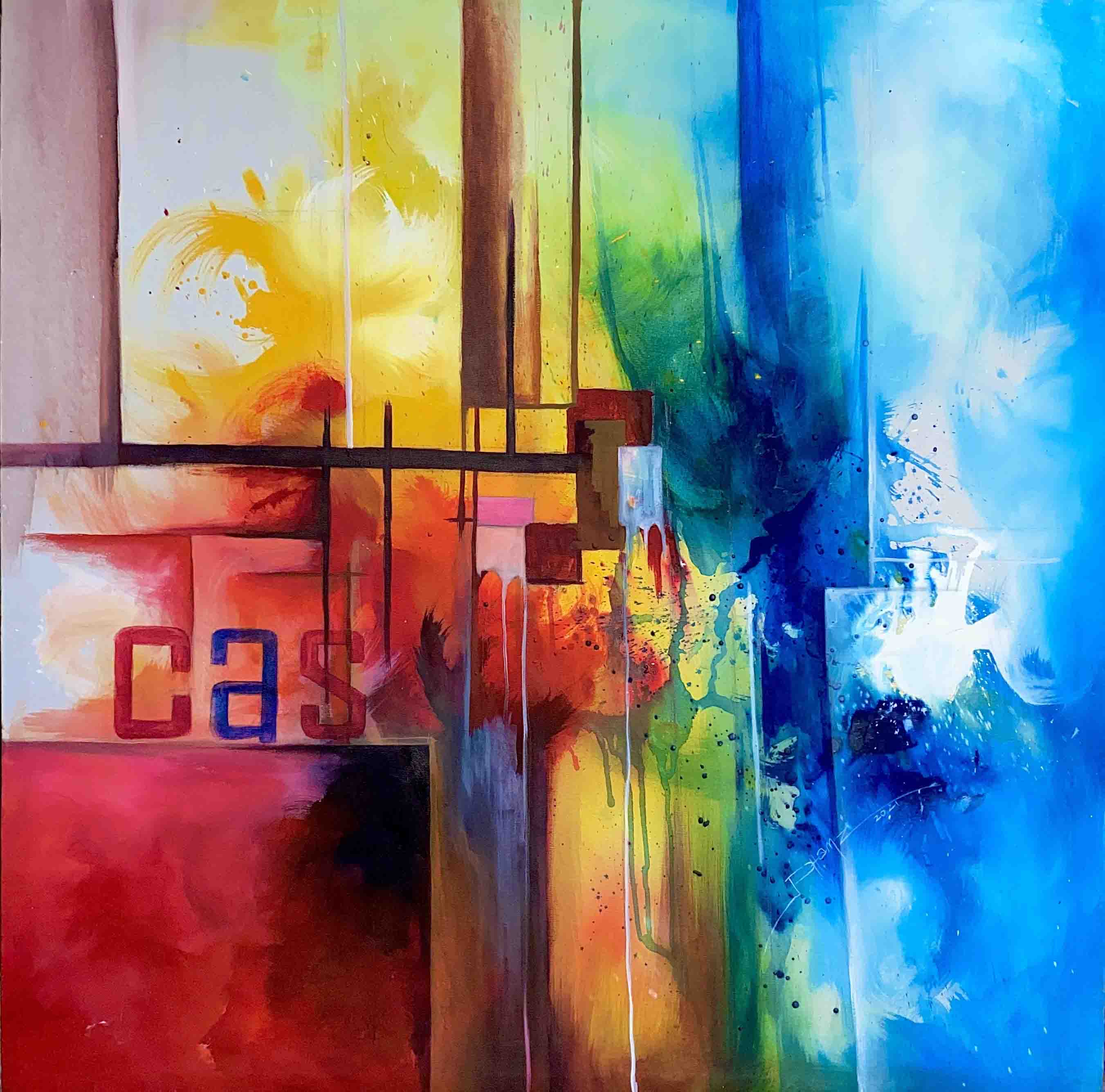His paintings are a reflection of what he feels and sees from his daily activities and the world around him.
Famara was born in the early 90s in Tallinding Kunjang, The Gambia, West Africa. He never attended art school and is primarily self taught. He was awarded the best Artist of the Golden Jubilee (2009). He went on to study Architectural Draughtsmanship at The Gambia Technical Training Institute from 2010-2011.
His dream is to relocate to Europe someday in order to work full time as an artist.
Art is his passion and at times he struggles to let his works go. For him it is all about the love of art first and making money is usually a secondary consideration.




